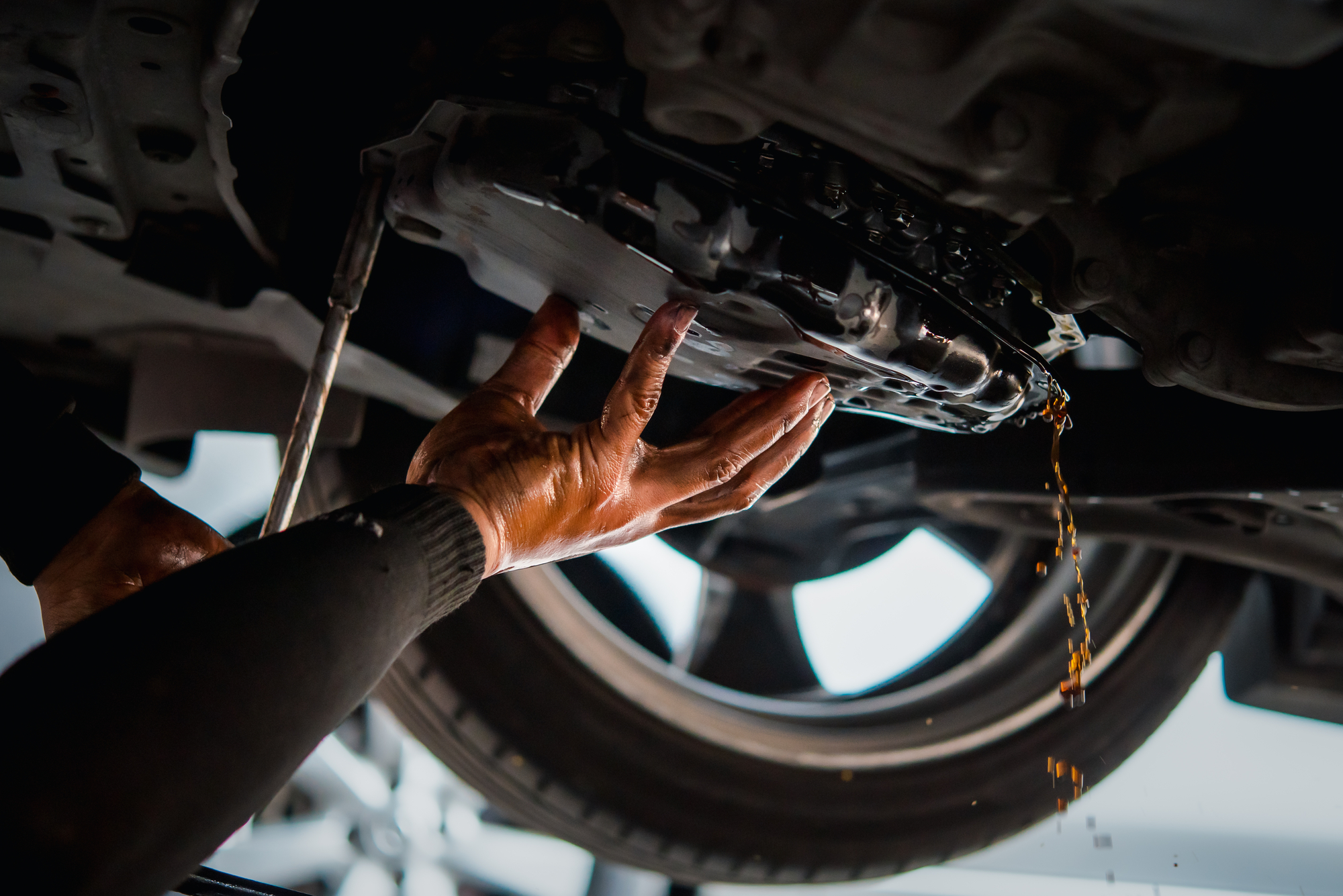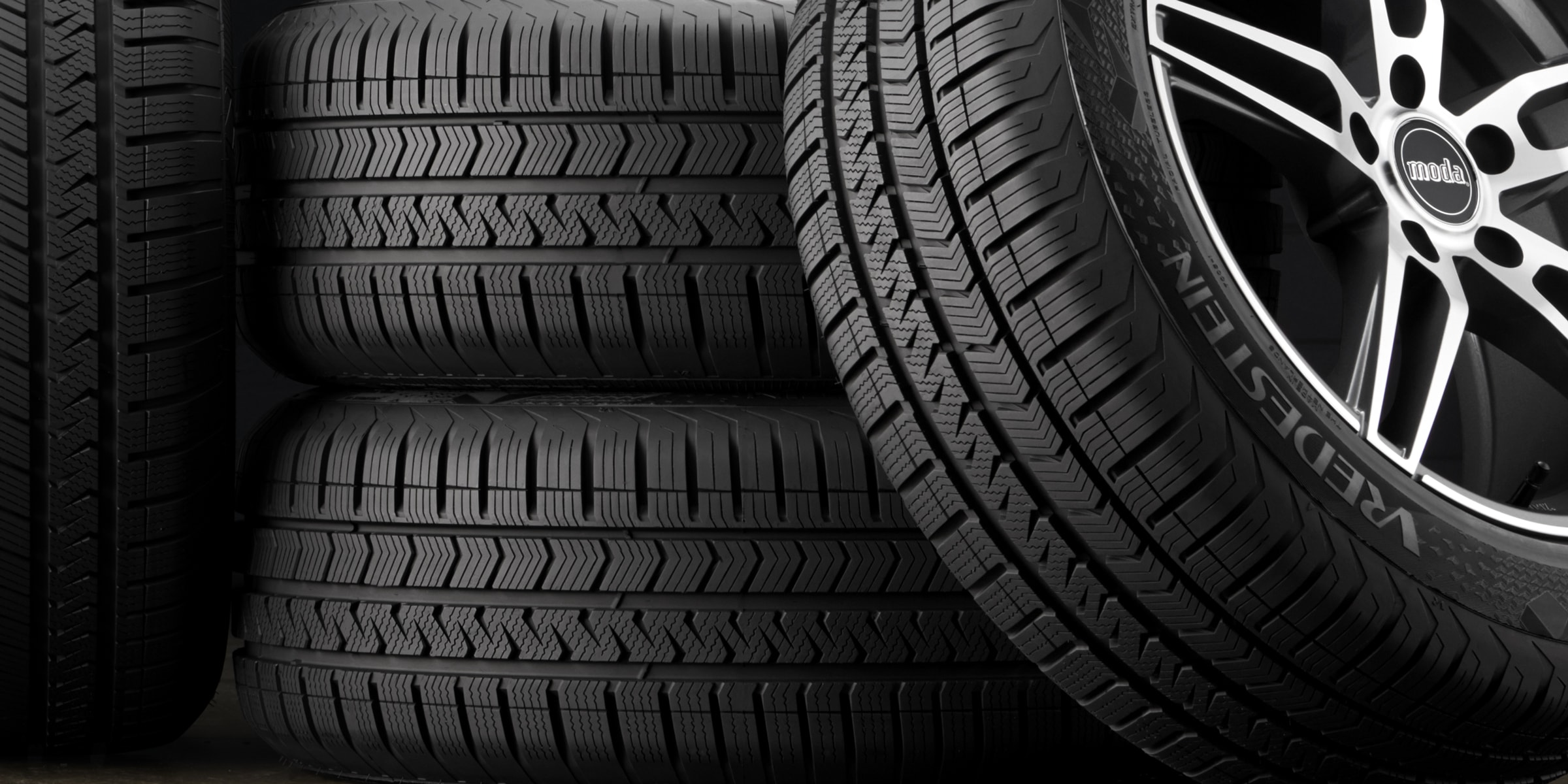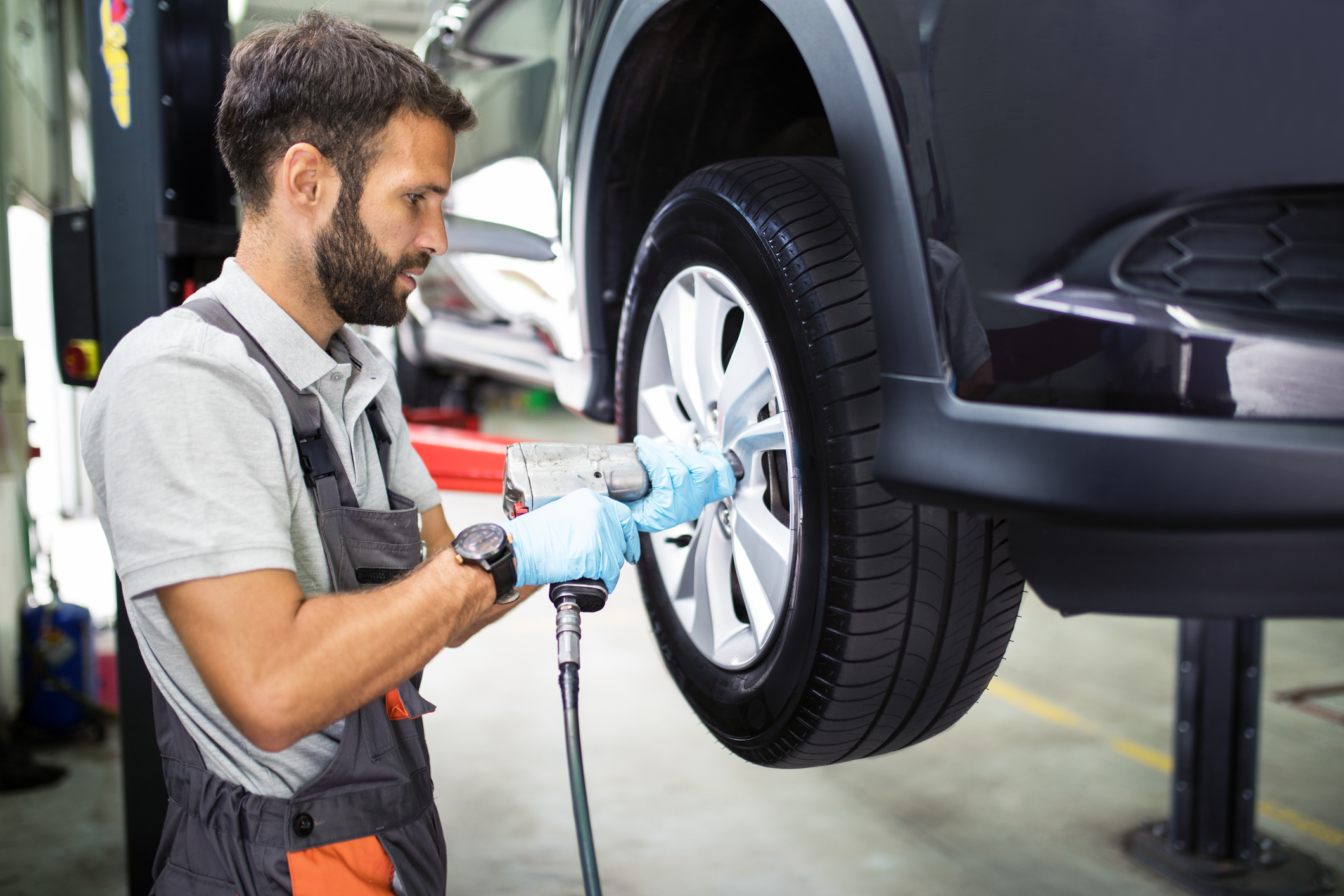Your car has various types of fluids that keep certain automotive systems performing well. Some provide lubricating properties while others are hydraulic fluids that power specific components. If you notice any fluid leaking from your car, you will want to do something about it. There are any number of reasons why a fluid may be leaking. Some fixes may be easy. Other repairs may be more complex. Either way, leaking fluid is usually a bad sign. You are better off dealing with it as soon as possible, rather than waiting for the problems to get worse.
Identifying a Leaking Fluid
The first thing an automotive mechanic will do is determine what type of fluid it is. Different types of automotive fluids have different colors and consistencies. Sometimes, colors can vary and leaking fluids are burnt or contaminated, so they can be hard to identify without professional experience. Here is a list of fluids that you will find in most vehicles:
- Engine Oil (Motor Oil)
- Transmission Fluid (Transmission Oil)
- Brake Fluid
- Power Steering Fluid
- Radiator Coolant (Antifreeze)
- Air Conditioner Coolant (Freon)
- Windshield Washer Fluid
- Suspension Hydraulic Fluid
- Fuel (Gasoline or Diesel)
Not All Fluids Are the Same
As you might expect, some fluids are more important to the vehicle’s operation than others. Leaking windshield washer fluid is no big deal, but you will want to patch or replace the reservoir because you don’t want that fluid getting on other parts and causing problems. Leaking air conditioner coolant can be very dangerous and you never want to touch it with bare hands. However, it only affects your A/C performance and not how the vehicle will run. Everything else on that list serves a very important mechanical function, so you do not want to ignore any leaks for too long. Engine oil and transmission fluid leaks are particularly concerning.
Automotive Fluid Leak Repair
Unless you are very familiar with automotive fluids and have the ability to pinpoint the source of the leak, you will probably want to leave fluid leak repairs to the professionals. If you are in the Bay Area, you can turn to the auto repair experts at San Francisco Automotive Solutions. Our technicians will get right to the source of any fluid leak and let you know exactly what’s wrong. Whether it requires minor or major repairs, we’ll tell you our findings and our repair recommendations.
Some fluid leaks are very easy to see. You may notice something dripping from under your car or even see puddles of leaked fluid after the car has been parked for a little while. Some leaks are undetectable unless you get up under your vehicle for closer inspection. That’s why it’s always a good idea to stick with a routine preventative maintenance plan. Get your fluid levels and quality checked regularly along with standard oil changes and other automotive services.




